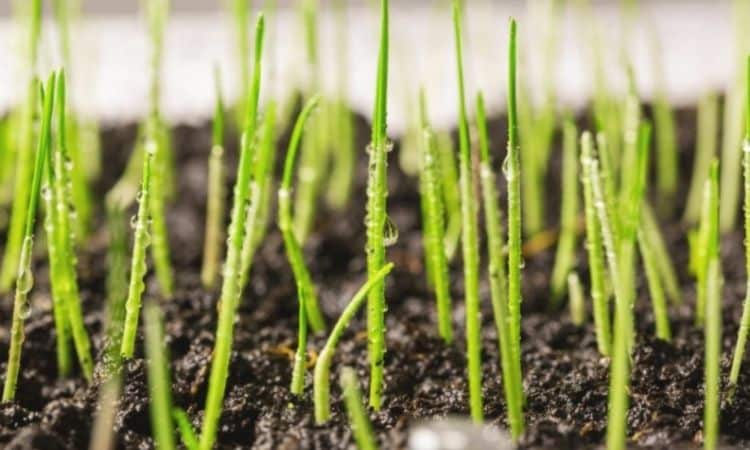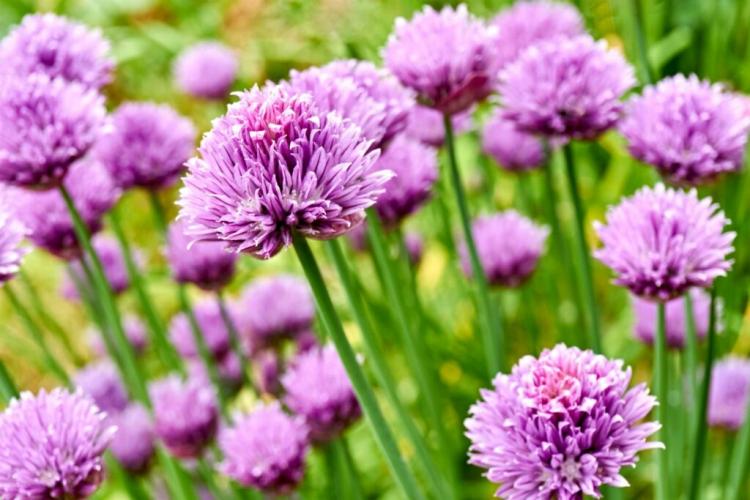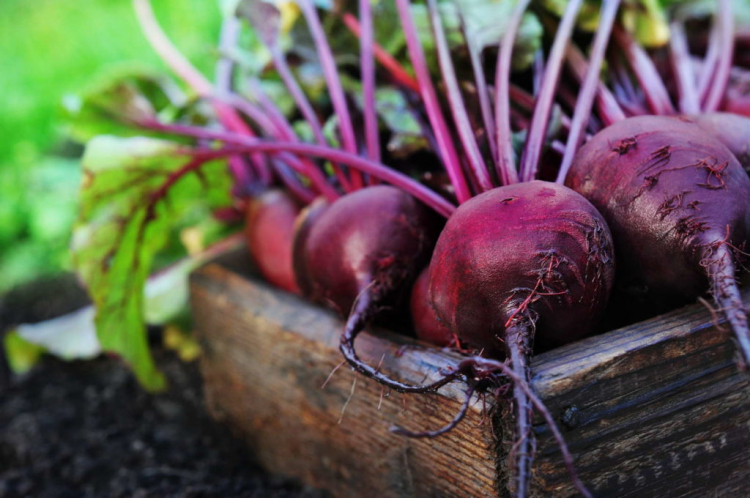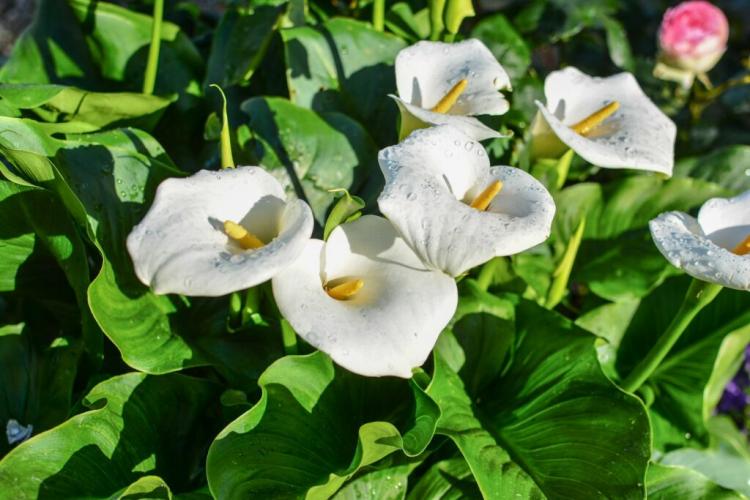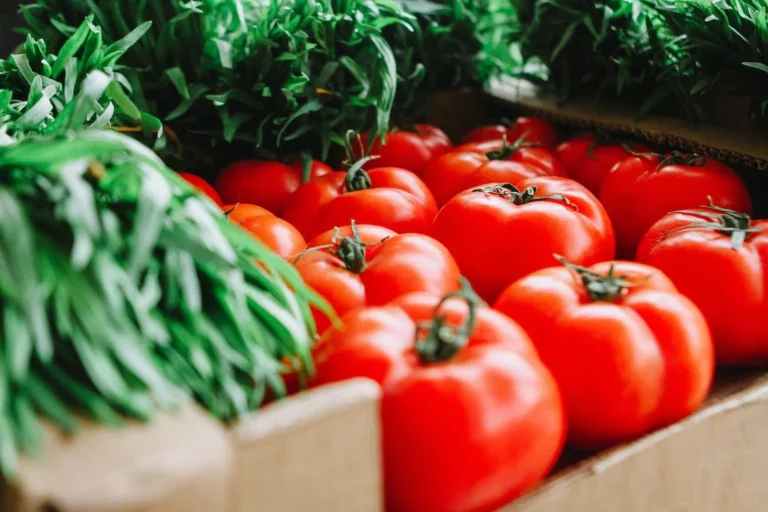What Is The Shelf Life Of Lawn Seeds? Test With Germ Sample
Even lawn seeds do not last forever. We show how a germ sample can be used to test how good the germination capacity of the seed is and whether the seeds can still be used.
Surely it happens occasionally that you don’t have the time and leisure for perfect seed storage. Suddenly an indefinite period of time has passed and it is not clear whether the lawn seeds are still durable. We will explain how to find out whether the lawn seeds are still good for something by means of a germ sample.
What Is The Shelf Life Of Lawn Seeds?
Table of Contents
If stored properly, lawn seeds can be used for at least another three years. After about three years, the germination capacity of the seeds decreases by about 10% annually. However, this storage period only applies if the seeds are stored in a manner appropriate to the species, i.e. in this case in a cool, dry place, at a constant temperature and humidity, and in dark, breathing containers such as cloth bags or paper bags.
At the latest after the fifth year, however, seed mixtures are finally superimposed. Germination will still be quite a bit, but then the more sensitive varieties might be missing and the resulting lawn would look incomplete. Our matching special article explains in detail how to store lawn seeds correctly.
How Do You Recognize The Germination Capacity Of Lawn Seeds?
With a germination test, it is easy to see whether there is still life in the seeds. But the germination test takes some time. However, it is worth the effort, as it takes much longer to make up for a failed sowing. Before you proceed to the germination test, it is worth taking a close look at the seeds and taking them in your hand.
Incorrectly stored, old seeds smell rotten and no longer fresh.
Fresh seeds have a certain spiciness in their smell, which is unmistakable. And while fresh seed feels pointed and dry, overlaid seed gives way under pressure and the moisture of the seeds can also be felt. It is even possible that the seeds have already begun to germinate or are covered by black or gray spots, i.e. mold. If you find lawn seeds in such a condition, it is not worthwhile to do another germination test.
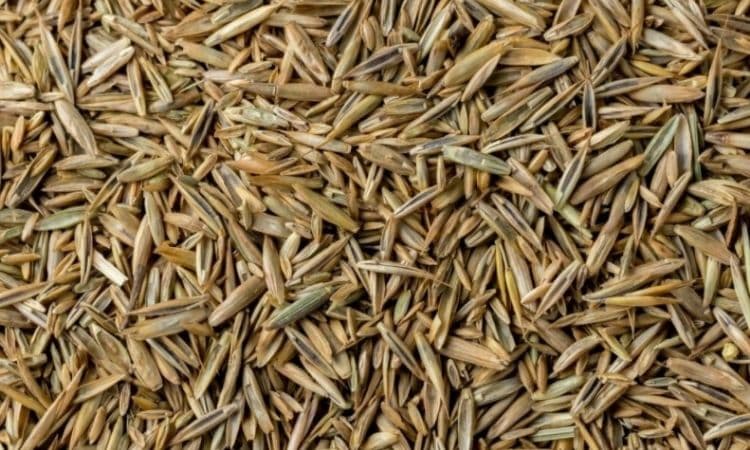
What is a germ sample and when is it useful?
In a germination test, some seeds are sown under good germination conditions as a trial in order to observe whether and, if so, how many seeds still germinate. Especially for lawn seeds, such a sample is very useful, because they are always composed of different genera, species, and varieties of grasses, and these are not all storable for the same length of time. If a relevant part of the seeds does not germinate at all, lawn seed should not be used because then it is very likely that an important part of the mixture will be missing in the finished lawn.
Testing the germination capacity of lawn seeds makes sense if you still want to use old seeds or even if the seeds are of uncertain quality, for example, due to missing information on the packaging or the use of donated leftovers. Time for a germination test is most likely to be available before the planned sowing, for example in winter. In this way, it is possible to take care of new lawn seeds in peace and quiet in the event of a failure, without the perfect time for sowing passing by.
If the seed still makes a good impression visually, haptically, and factorially, a germination test can be used to ascertain the germination capacity.
Germination test for seeds: How to test the germination capacity of seeds
In order to test the germination capacity of lawn seeds, it is essential that good germination conditions for the seeds exist in order to obtain an unaltered result. Only then do truly viable seeds go through all eight phases of the germination process, from water absorption and swelling to the bursting of the seed coat, the formation of the cotyledon and cotyledon root, and the first photosynthesis.

The best germination conditions for lawn seeds can be found directly afterward in the following step-by-step instructions.
Creating a germ sample step by step
- We recommend filling a container with good growing soil. The container should have as large an area as possible to test as representative a quantity of seed as possible.
- Mix the seeds thoroughly once, as the seeds sort themselves by size unnoticed during storage.
- Now spread the soil, moisten it and press it slightly, then spread the seeds on top.
- Make sure that the seeds are spaced sufficiently apart so that you can later really see what proportion of the seeds has germinated.
If necessary, cover the seeds very thinly with soil, press them on as well and moisten the whole thing with a spray bottle. - Then place the sample in your home to prevent birds or mice from showing interest in the seeds and making your test unusable.
- Now, wait and see: fast-germinating grasses such as ryegrass (Lolium perenne) will show their cotyledon after only 7 to 15 days. The most time for germination is needed by the Poa supina, which germinates after 14 to 24 days. Before this time has elapsed, you should therefore not yet make a final check to see what proportion of the seeds has actually germinated.
- Check the germination pattern after 24 days. If almost all of the seeds have sprouted, the seeds can still be used. However, if more than 10% of the seeds do not move at all, it is advisable to buy fresh seeds for successful sowing in the garden.
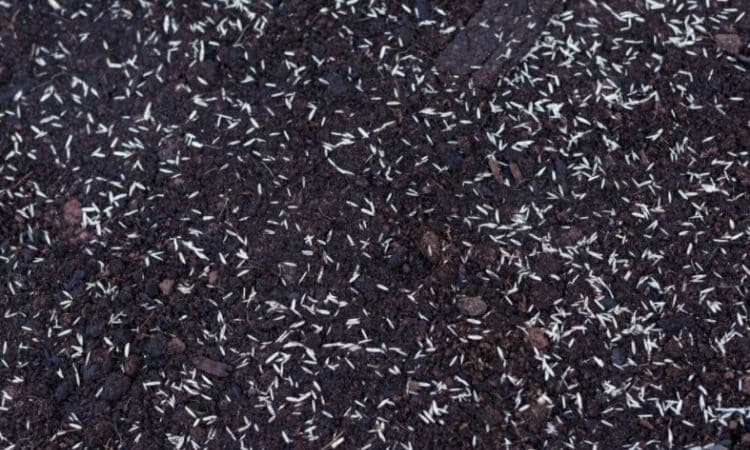
Best germination conditions for lawn seeds:
- Always keep the seeds moist: The first step in germination is water absorption. This increases the volume of the seed and triggers enzymes and important process chains to provide energy from the reserve substances in the seed. Lawn seeds must not dry out during the entire germination process, otherwise, the entire process is interrupted and the seedling dies. The seedlings can be kept moist more easily if they are covered very thinly with soil and pressed well. This is the best way for the seed to absorb water from its surroundings.
- Use loose, crumbly soil: lawn seeds need a sufficient oxygen supply to germinate. Just like adult plants, seeds are subject to cell respiration throughout their life and, of course, especially during germination, in order to provide energy from stored reserves. Oxygen is absorbed and carbon dioxide is released. A clayey, compacted soil will make it difficult for the lawn seeds to germinate or even prevent them from germinating at all. It is best to use a fine-crumb, low-nutrient growing soil.
- Carry out the germination test at 16 – 23 °C: Although lawn seeds germinate at a minimum of 8 °C, their optimum germination temperature is much higher. Your germ sample should not be too warm either, as otherwise germination will be delayed.
- Please note that lawn seeds are light germinators: The absolute upper limit for lawn seeds is covering them with half a centimeter of soil. This is because, like many other seeds, the germination processes in the seed are only activated when so-called photoreceptors of the seed are excited by the action of light. The connected phytochrome system then ensures that germination begins. For this reason, lawn seeds should not be covered with soil at all or only minimally.
